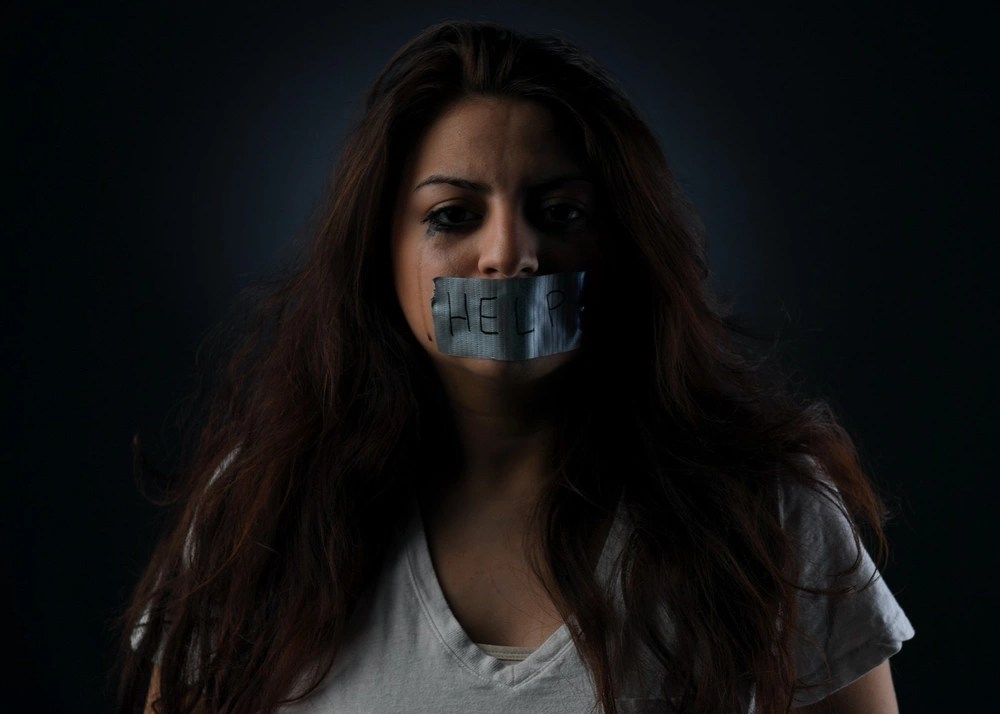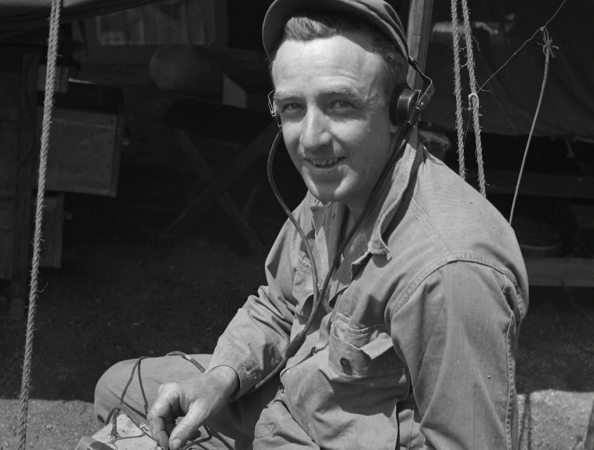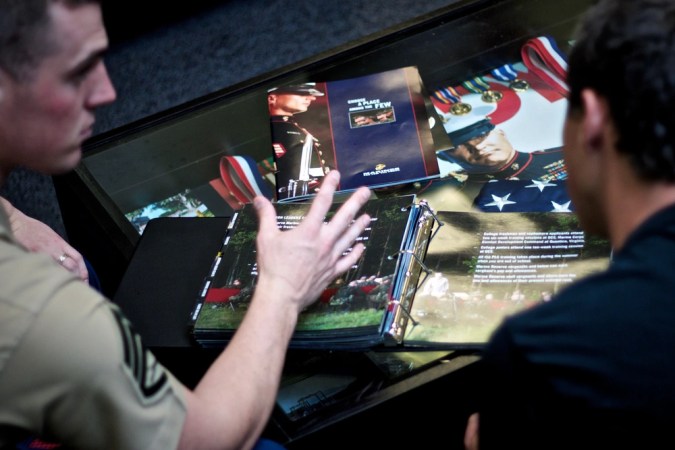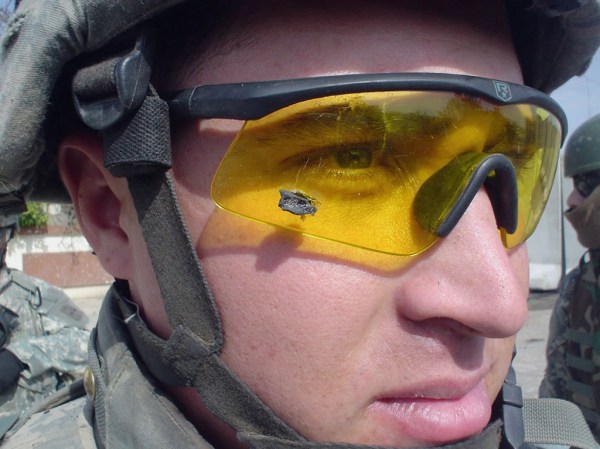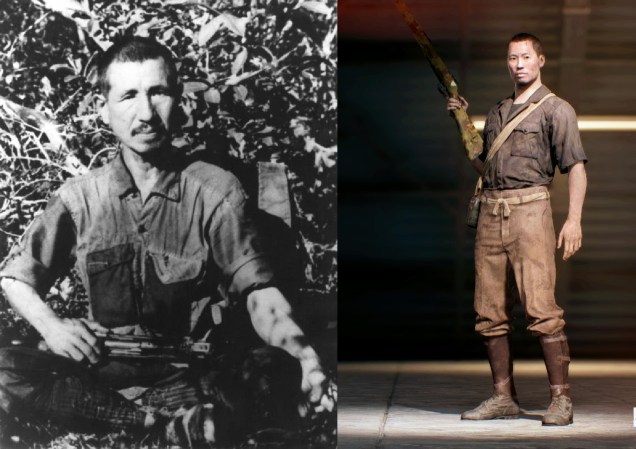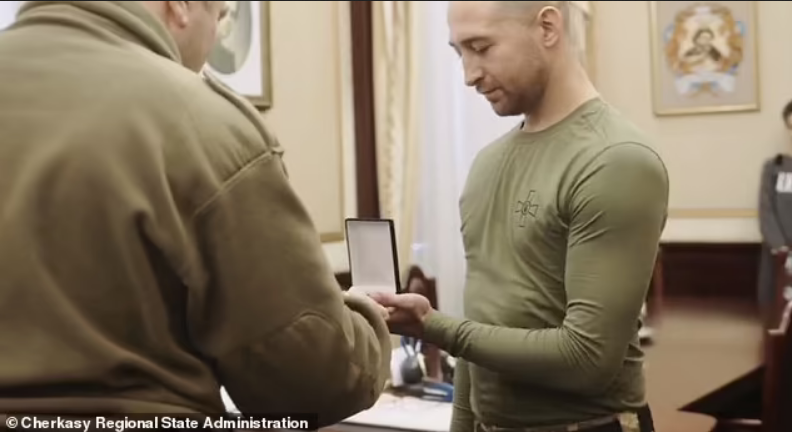Hitting port or shore leave is one of the perks of being onboard a ship. Troops love to take the opportunity to relax, unwind and blow off some steam. Every now and then a ship will make port in a country where the world’s oldest profession is legal. According to Security Magazine, ‘Each year, millions of men, women and children are trafficked worldwide. Human trafficking is a multi-billion dollar industry and enslaves about 25 million people every year, according to nonprofit organization Polaris.’
With an estimated $99 billion a year, it’s one of the fastest-growing enterprises globally that occurs in a broad range of venues, fake massage businesses, residential brothels and street stops. Regardless of legality, that person may be there against their will. You become duty-bound to report it, but how? Will it actually help? That’s not including the social stigma back home of how you found out. These are why safety briefs state Red Light Districts are off-limits even if it’s legal in the country.
Perpetrators, surprisingly, do not fit any particular stereotype. They may be of any social class with a specific protocol, response technique or emotional tactics to control their victims. Chances are there’s going to be nothing explicitly identifiable, even from up close, that can positively alert you of someone being trafficked. That may come as a surprise, but as we learn how trafficking works, we’ll pay attention to the context and proximity of identifying signs of human trafficking.
The following examples are based on the Canadian Centre to End Human Trafficking and are applicable to situations around the world.
Here are 6 signs of human trafficking and how to take action

1. Excessive Control
One of the major indicator of human trafficking is someone exerting a high level of control over a potential victim, ranging from threatening, isolating them or holding their travel ID identification documentation. If someone isn’t allowed to talk for themselves when you speak with them directly it could be indicative of control. In the military, we’re used to having each other on a short leash, but when you see an excessive demand for discipline between civilians – that’s a red flag.
Being controlled by others, driven to different locations, and closely escorted at all times might be a red flag. It is also not unusual to find the potential victim not controlling their money, cellphone or personal belongings.
2. Distress or Injury
Showing signs of physical or sexual abuse, confinement or torture such as bruises and cuts is usually accompanied by being anxious, depressed, fearful and paranoid.
Often, the victim has branding scars like burns or tattoos with money symbols, logos or bizarre skulls. They may look to be under the influence of drugs and alcohol and need permission to make simple decisions such as going to the washroom.
3. Sex Buying
Perpetrators can keep their victims in a cocoon of exploitation, particularly because sex trafficking can be difficult to pinpoint. As one of the red flags of human trafficking, sex buying fuels the demand for sex trafficking. Given that buyers have no choice over whether they could buy a trafficking victim, commercializing sex helps perpetrators retain victims caught up in this web.

4. Confusion
There are instances where victims do not realize they need help. In any case, the intoxication they might have previously been exposed to may make them oblivious that they’re being exploited.
Deep psychological conditioning leads to fear of asking for help, confusion when asked straightforward questions like their identity or feeling ashamed to talk about what they’ve been through. It also often appears that the victim’s response is scripted, even when the answer would have otherwise been apparent.
5. Common work conditions
The victim will likely live with the employer and with little permission to leave or come home as they wish. They work excessively long and for odd hours and are probably paid at the mercy of their employer’s mood.
Signs of poor workplace or living conditions include owing a large debt that they cannot pay, being recruited on false promises and prison-style security measures and living conditions. Grills on windows, barbed wire around the premise and opaque windows characterize confinement measures against possible victims of trafficking.
6. Mistrust
Victims of human trafficking appear to not want help. Their unhealthy relationship with the trafficker often makes them not know who to trust in such situations.
Feeling ashamed and helpless may also be the reasons victims turn away any offer for help. They may also fear law enforcement because they’re worried about what would happen to their families if they discuss truths about their traffickers.
What to do when you identify signs of human trafficking
Although you may feel the urgency to intervene, it’s crucial not to confront the suspected trafficker or alert the victim. The trafficking industry is often a massive network of interconnected perpetrators who know how and what to identify in such a confrontation. Remember, this is a criminal enterprise with a security apparatus operating in a high state of alert. There is likely a task force with an ongoing investigation. So, do not ‘get lost’ when your safety brief specifically forbids it. You may accidentally ruin an undercover investigation. There’s a method to the madness.
Context is key to being able to comprehend what you are seeing as human trafficking. Upon observing the indicators, take down information like car license plate number, street address, identifying features of the alleged trafficker and victims, then contact law enforcement to provide them with the details. Human trafficking is a capital offense against humanity that only appropriate law enforcement agencies and humanitarian organizations can take action against. Your information will go a long way on their mission to combat this hydra of an enemy.


